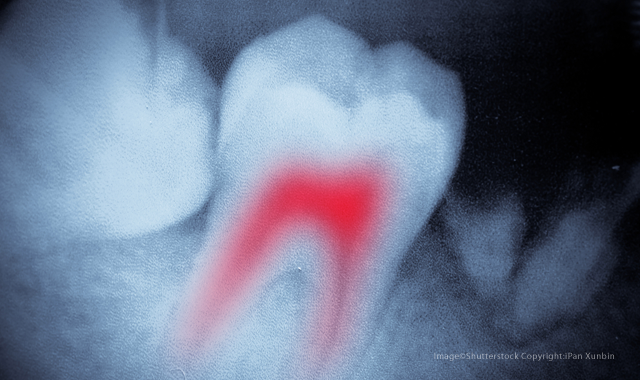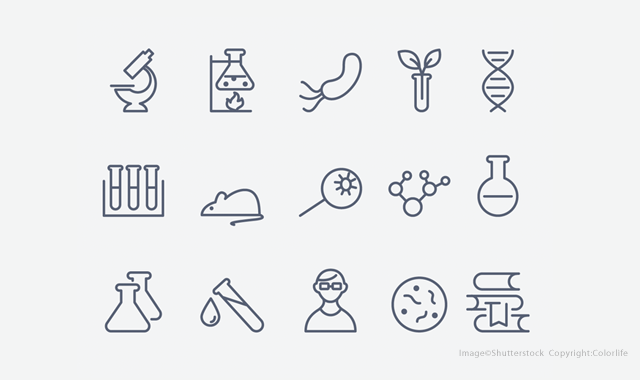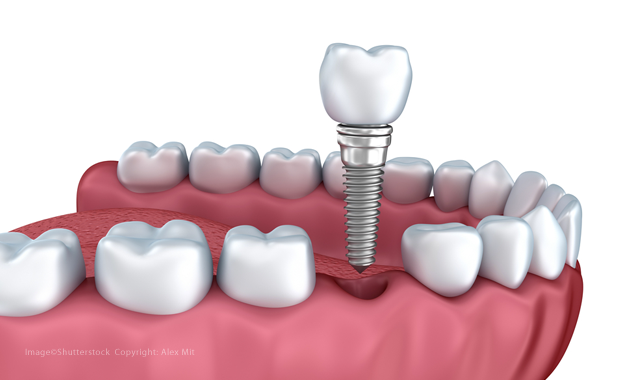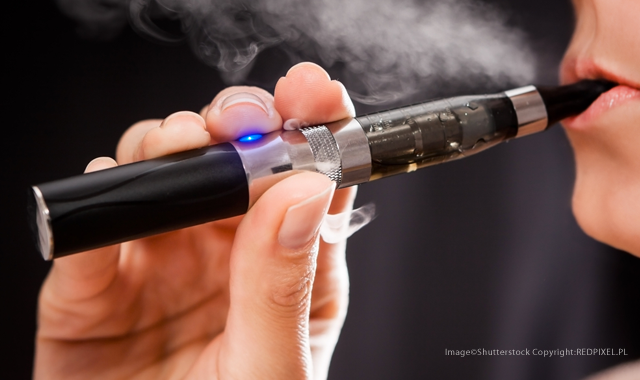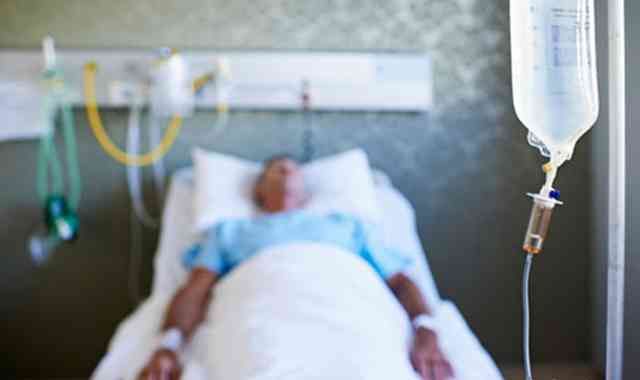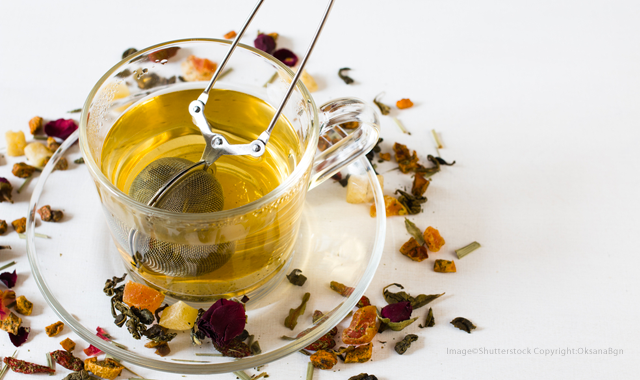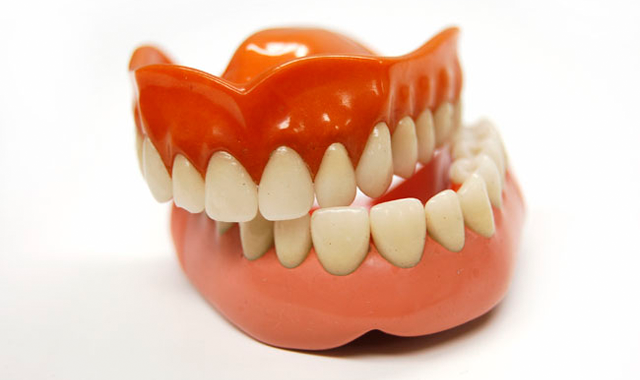The top 10 dental discoveries of 2017
Dental research came a long way this year, and some studies stood out above the rest.
2017 has been a remarkable year for dental advancements, from emerging technology and new products, to scientific discoveries and research breakthroughs.
The field of dental research had an especially impressive year, with new developments and discoveries emerging seemingly every day. We compiled a list of the top 10 most innovative, exciting and game-changing research studies published in 2017, all of which are paving the way for what is sure to be an exceptional next year of dental advancements.
New research discovers way to eliminate needles for dental anesthetic
It may be scary to get into the dentist’s chair, but thanks to new research, there’s one thing uneasy patients might not have to worry about anymore: needles.
A new study from the University of São Paulo found that there might be no need for needles when administering anesthetic for dental procedures. Instead, dentists could use a small electric current to give the anesthetic, saving time, money and unnecessary patient anxiety-which could potentially get more patients into the chair for procedures they might otherwise avoid because of a fear of needles.
Click here to read the full study.
New discover could eliminate infections after root canals
Root canals are bad enough without the threat of secondary infection and multiple follow-up visits. Now, thanks to a new device, researchers believe they can eradicate the need for numerous appointments-and cut down on treatment failure.
Since approximately a quarter of root canals fail over time due to secondary infections, the ability to detect potentially hazardous leftover bacteria at the time of treatment could be extremely beneficial. It could also cut down on the number of visits, as most procedures currently require one or two secondary visits to the dentist. The new device, called SafeRoot, was created to detect any remaining bacteria at the completion of root canal treatment to reduce the need for reintervention or extraction.
Click here to read the full study.
New vaccine could mean the end of periodontitis
The treatment for periodontitis has been the same for years. Scaling and root planing to remove plaque, and maybe even surgery if the problem is serious. But even with dedicated patient compliance and dental intervention, the problem can progress and teeth can be lost.
To combat this problem, a team of researchers at The University of Melbourne began looking for a more effective treatment method. Their results, as reported by Science Daily, culminated in a journal article titled “A therapeutic Porphyromonas gingivalis gingipain vaccine induces neutralising IgG1 antibodies that protect against experimental periodontitis.”
Click here to read the full study.
Could this drug mean the end of dental fillings?
Scientists at King’s College London have discovered a method for healing tooth pulp naturally. Normally, a tooth produces a thin band of dentine to cover the pulp when a tooth is damaged in some way. But this dentine is not always enough to really protect the pulp. For larger holes, such as caries, the dentine is not enough to fully heal the wound.
To make up for this, dentists use synthetic cements and fillings to treat these larger holes. However, while these do fill the hole, they fail to restore the normal mineral level of the tooth because they do not disintegrate.
To overcome this, researchers at King’s College London began studying the effects of stem cells, specifically how to renew in order to facilitate dentine production,
Click here to read the full study.
New coating could make dental implants better than ever
Infection is often cited as the main reason that most implants fail. If the risk of infection could be reduced, or even removed altogether, implant success would be much more likely.
To accomplish this, a team of researchers at the UPV/EHU-University of Basque Country has developed implant coatings. The study, “Control of the degradation of silica sol-gel hybrid coatings for metal implants prepared by the triple combination of alkoxysilanes” was published in the Journal of Non-Crystalline solids.
The coatings are not only able to prevent bacterial infection from occurring, but can also eliminate infection if it does occur. The coatings also have osseointegrating properties, which give greater strength to the implant.
Click here to read the full study.
E-cigarettes shown to be detrimental to oral health in new study
E-cigarettes have often been touted as a healthy alternative to conventional cigarettes. Instead of smoke, they produce vapor, which is often believed to be relatively harmless.
However, say researchers at Université Laval, this vapor still contains a variety of harmful chemicals that can damage the epithelial lining of the mouth. The study, as reported by Science Daily and published in the Journal of Cellular Physiology, found that e-cigarettes are more dangerous than many believe.
Click here to read the full study.
Are dentists causing a deadly infection in patients?
Antibiotics are prescribed by dentists for various treatments and the prevention of infection. And the rate of antibiotic prescribing by dentists seems to be increasing, according to a May 2016 study published in the Journal of the American Dental Association.
But what happens when, rather than preventing infections, those antibiotics end up causing infections in patients? According to research presented at IDWeek 2017 in San Diego, antibiotics prescribed by dentists may be contributing to a serious and potentially deadly infection.
According to the study, Clostridium difficile infections (C.diff) are the leading cause of health care-associated diarrhea. Two of the greatest risk factors for C.diff infections are antibiotic use and health care exposure.
Click here to read the full study.
Can a green tea extract help prevent cavities?
Green tea has long been touted for its health benefits. The drink is rich in polyphenols, which have been shown to help slow the growth of bacteria associated with gum disease. Now, researchers in China have discovered that green tea may also prove beneficial in treating tooth sensitivity-and preventing the formation of cavities in those patients.
hinese researchers noted that a common method of treating tooth sensitivity is by plugging microscopic hollow tubes within dentin with a mineral called nanohydroxyapatite. However, the researchers say that these blocked tubules are generally weak in combating daily tooth erosion and abrasion. In addition, cariogenic bacteria can produce biofilm on the dentin surface, causing caries and compromising the tubules’ sealing efficacy.
To address this problem, the researchers encapsulated nanohydroxyapatite and a green tea polyphenol, epigallocatechin-3-gallate (EGCG), in silica nanoparticles, which can reportedly stand up to acid wear and tear. After testing the biomaterial on extracted wisdom teeth, the researchers discovered that it effectively plugged the dentin tubules and released EGCG for at least 96 hours. Furthermore, the material prevented biofilm formation and stood up to tooth erosion and brushing.
Click here to read the full study.
New study shows that oral bacteria can “lasso” onto heart tissues
A new study has found out how an oral bacterium, Streptococcus gordonii, is able to attach itself to human tissues.
The bacterium can cause infective endocarditis, a type of cardiovascular disease in which bacteria cause blood clots to form on heart valves. The disease is fatal if left untreated, but even with treatment, the mortality rates are still up to 30 percent. The study is featured as one of the “Editors’ Picks” in the current issue Journal of Biological Chemistry.
As reported by the University of Bristol, a team from that same university in conjunction with Professor Rich Lamont at the University of Louisville, found that the bacterium creates a molecular “lasso” to pull itself toward human tissue.
Click here to read the full study.
Can ill-fitting dentures increase your oral cancer risk?
About 25 percent of adults age 60 and older no longer have any natural teeth, according to the CDC. As a result, the American College of Prosthodontists (ACP) estimates that 15 percent of the edentulous population has dentures made each year.
While dentures can serve practical and esthetic purposes, they also come with some risks. In 2015, researchers in Japan found that elderly patients who wore dentures while sleeping had a higher risk of developing pneumonia than those who removed their dentures before bed. The researchers also discovered that patients who slept with their dentures were more likely to have gum inflammation, tongue and/or denture plaque and other oral health issues.
Now, researchers in India have determined that dentures may also be associated with an additional health risk.
University of Texas Health Science Center San Antonio to Launch Center for Regenerative Sciences
June 17th 2024The center aims to translate preclinical discoveries into therapies for dental and craniofacial diseases, leveraging the school’s expertise in stem cell-based treatments and 3D printing technologies.

